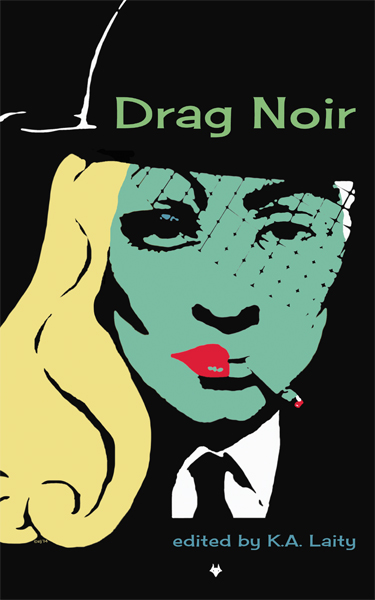
Fairy Drag: Or, How I Wrote The Changeling by Tracy Fahey
You don’t mess with the fairies in Ireland. They are malignant force, older than humanity, who live by their own laws. Unlike their elegant Victorian English counterparts, the Irish fairies are Other, different in every way; both in looks and in character. They’re tall and pale, with a warlike approach to life and an immense propensity for revenge. Country life, until well into the 20th century was ruled by a series of invisible boundaries –folk who lived there didn’t cut down the whitethorn, didn’t build a house on a fairy path, didn’t meddle with the forts. These sites, demarcated by fairy behaviour became forbidden zones

As with all stories, the writing of this started as a result of several unaligned thoughts coming together – the persistence of supernatural rituals in rural Ireland, a gruesome murder in Northern Ireland, and the old belief that you needed to disguise the sex of a baby to save it from been ‘swept’ or ‘fetched’ by the fairies. The fairies, it was said, would steal away an unprotected baby and replace it with a sickly fairy child who would dwindle and wither away, despite all human efforts. I became fascinated with the idea of ‘infant drag’, where clothing, hair and adornment function as a protective, gender-masking disguise. The idea of drag in this story is a double-edged sword. It is a catalyst for concealment, transformation, but also for revenge. I began wondering how this experience might translate into later life…and so this story came to life.
The story has an unhappy ending, but then, all fairy stories do. They end in tears, in partings, in kidnappings, desolation and death. Our poor changeling fares no differently.
DRAG NOIR is out now.




